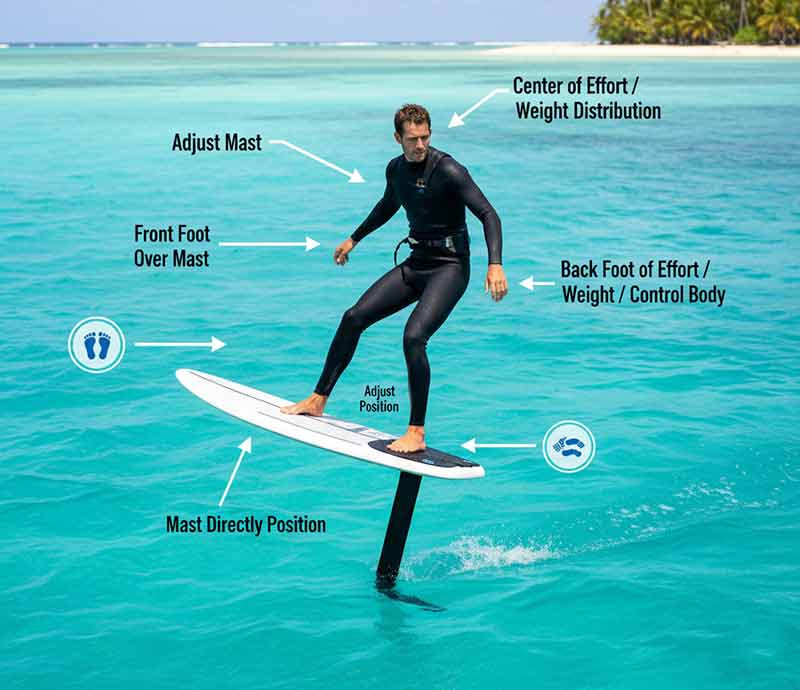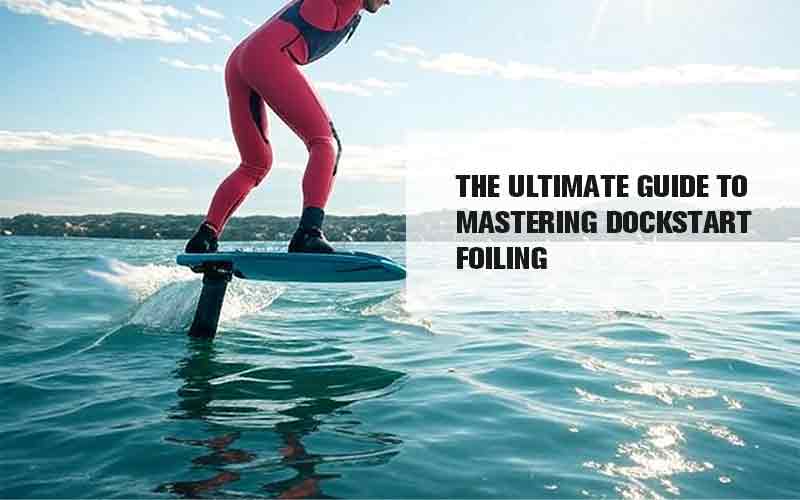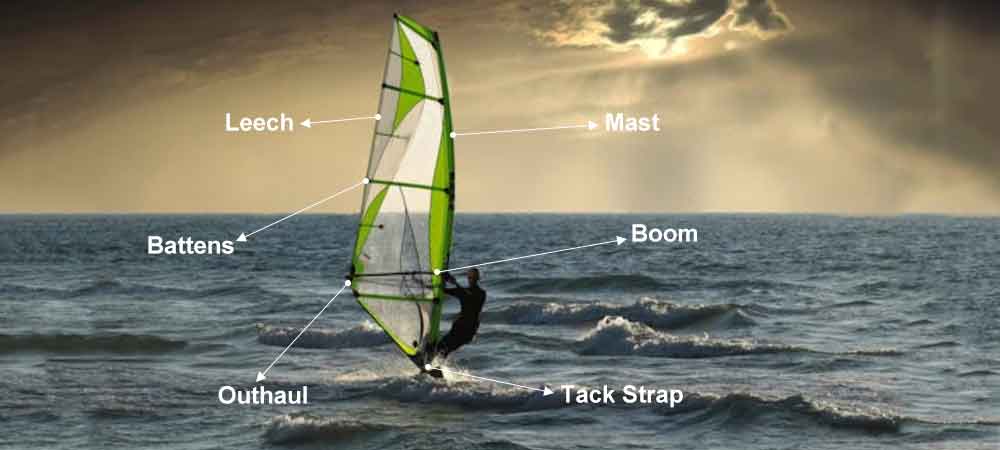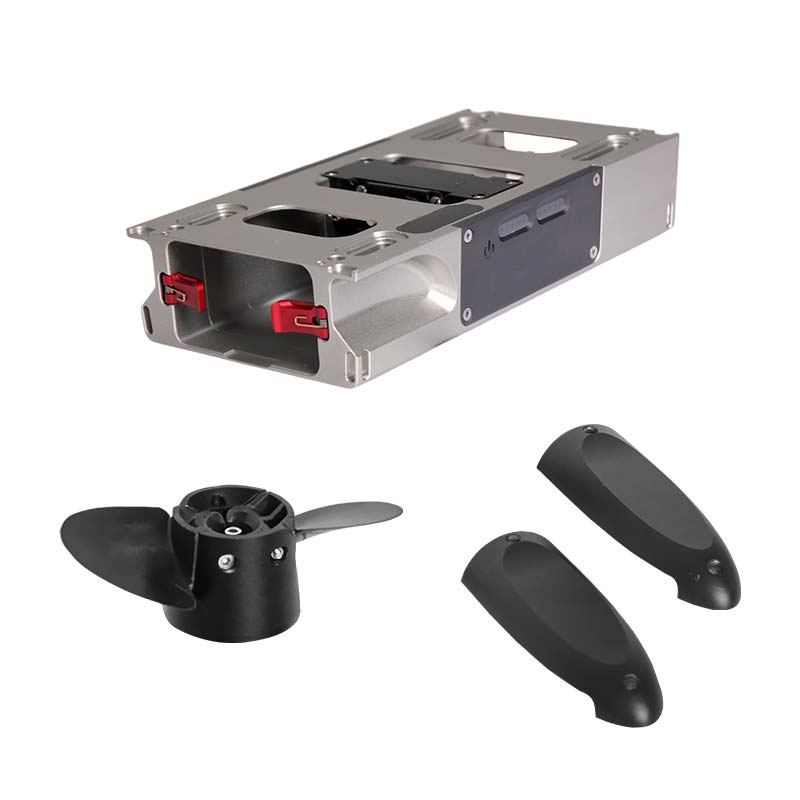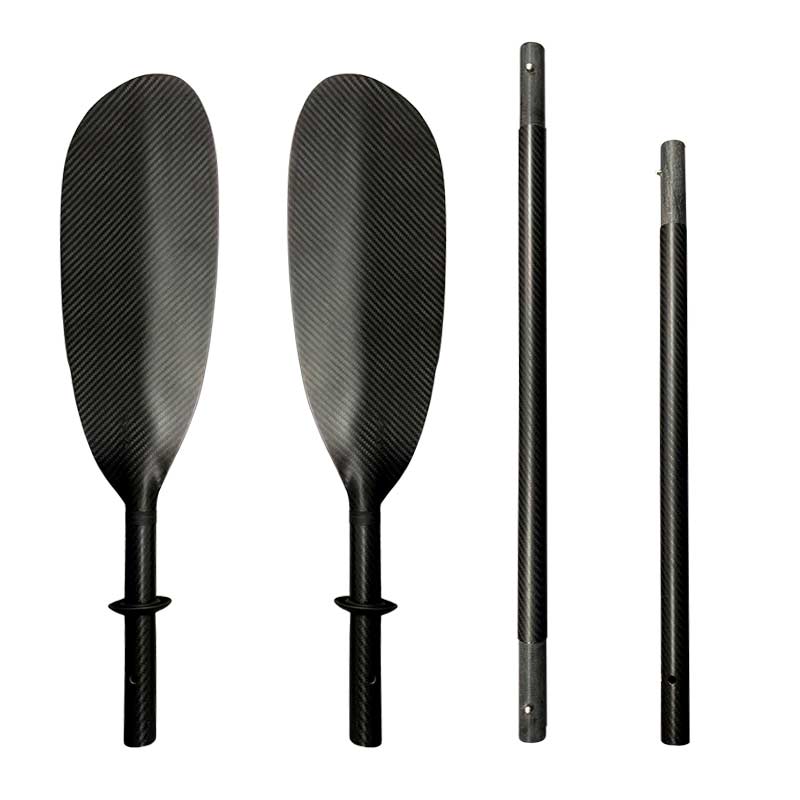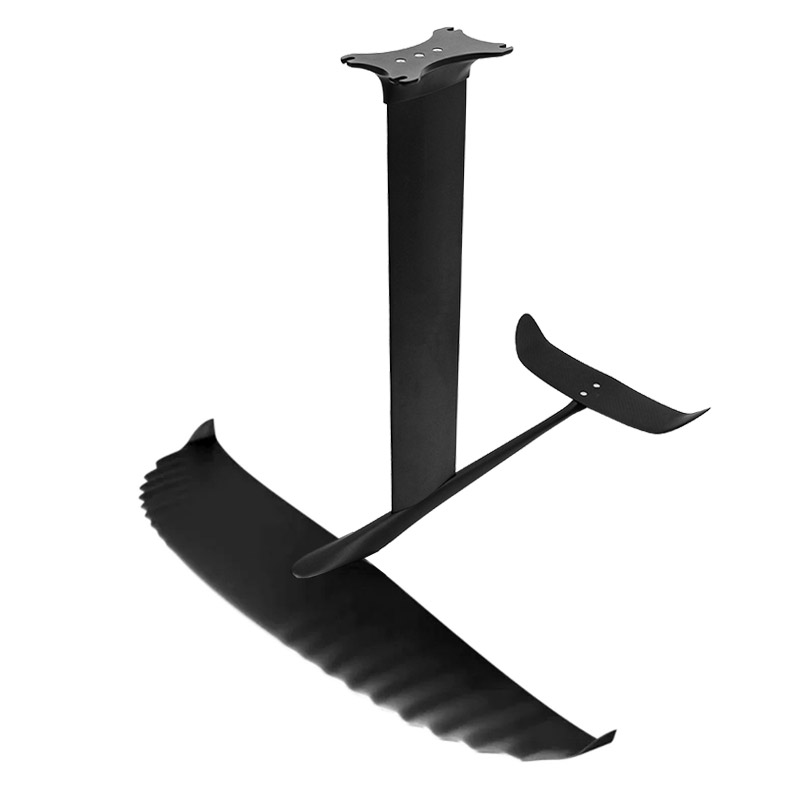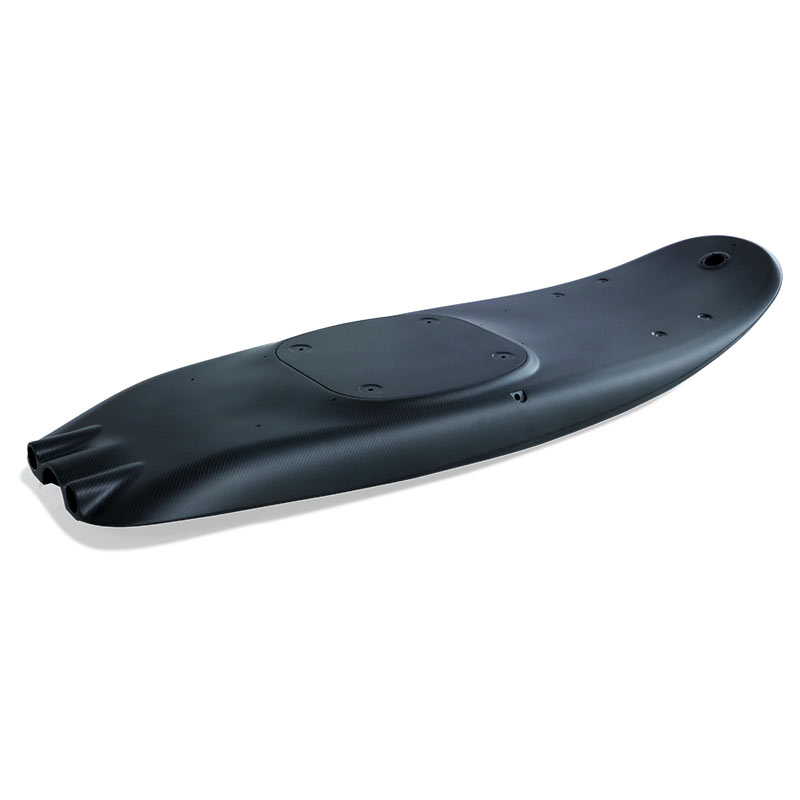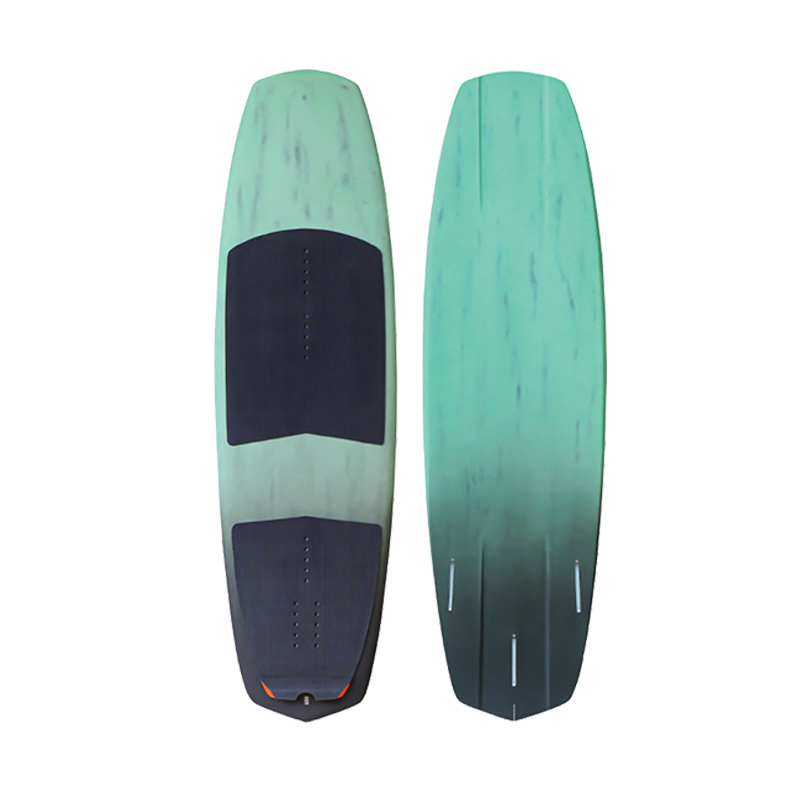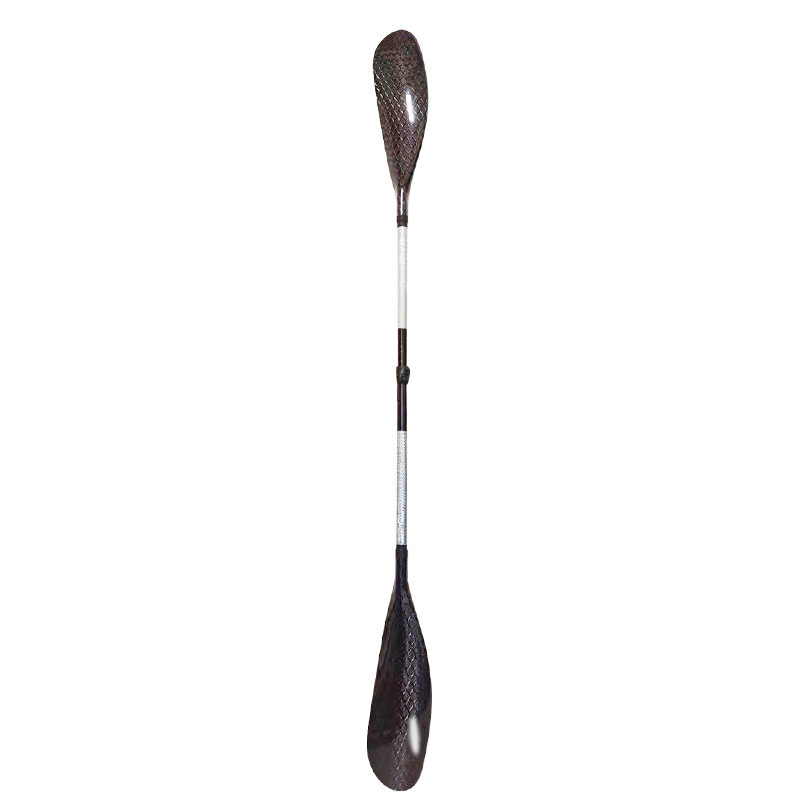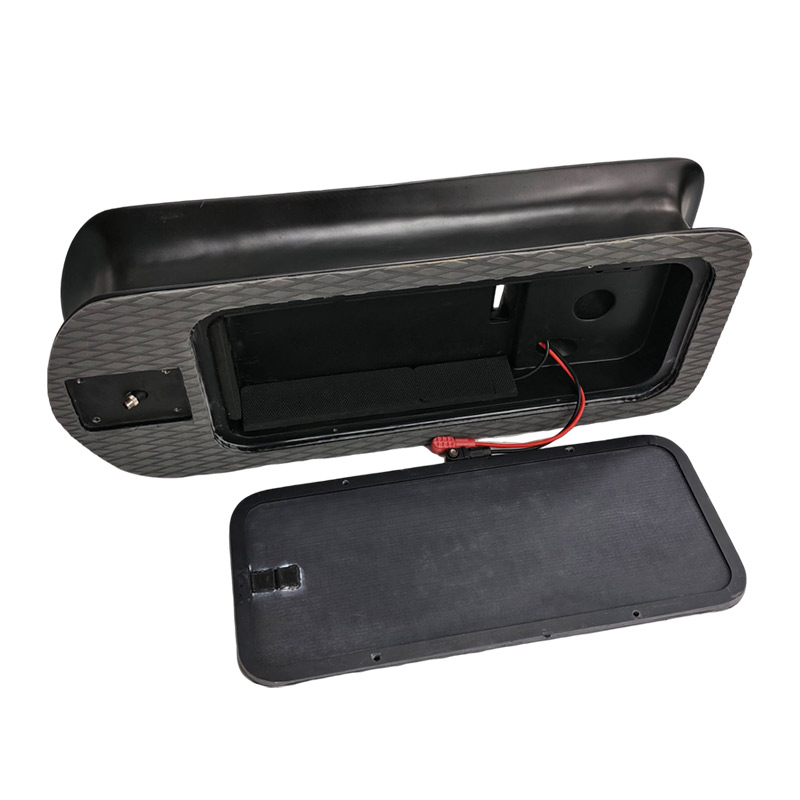Hello, welcome to the Unity Sports surfing article page. Today, we will tell you about Efoil VS Hydrofoil: The Differences and similarities.
What are Efoil and Hydrofoil ?
Both efoil and hydrofoil are related to water-based activities and involve using foils for enhanced performance in water sports. But before we want to know the differences and Similarities, we need to know what they are.
What is a hydrofoil:
A hydrofoil is a lifting surface or wing-like structure that is mounted below a boat or a watercraft. When the boat moves forward, the hydrofoil generates lift due to the water flow passing over it. This lift raises the boat’s hull out of the water, reducing drag and allowing the boat to achieve higher speeds with less resistance. Hydrofoils have been used in various types of boats, including sailboats, powerboats, and even ferries. They are primarily used to increase speed and improve fuel efficiency by reducing the water’s drag on the hull.
What is an Efoil:
An efoil (electric foil) is a type of personal watercraft designed for hydrofoil surfing. It consists of a hydrofoil-mounted board powered by an electric motor. Riders control the efoil’s speed and direction using a handheld remote controller. The electric motor propels the efoil forward while the hydrofoil provides lift, lifting the board above the water’s surface. Efoils are popular for their ease of use and the ability to ride over water without the need for waves, making them suitable for a wider range of water conditions and locations.
In summary, a hydrofoil refers to the lifting surface that is added to watercraft to improve speed and efficiency, while an efoil specifically refers to an electric-powered hydrofoil surfboard designed for personal recreation. Both technologies leverage the principles of hydrodynamics and aerodynamics to enhance water-based activities, but they cater to different purposes and use cases.
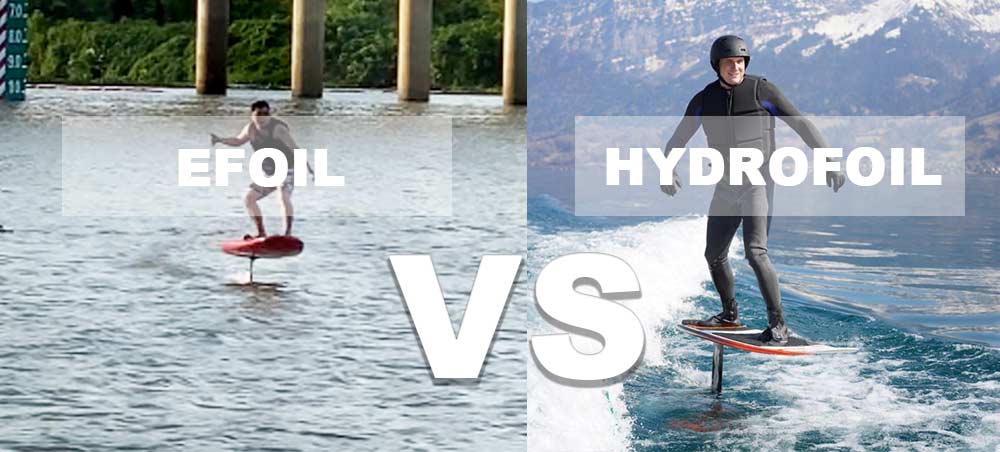
Efoil VS Hydrofoil: The Difference & Similarities
The Similarities of Efoil VS Hydrofoil:
- Hydrodynamic Lift: Both efoils and hydrofoils utilize the principle of hydrodynamic lift. This means that as water flows over the foil (wing-like structure), it generates lift that raises the watercraft or board out of the water, reducing drag and allowing for smoother and more efficient movement.
- Foils: Both efoils and hydrofoils incorporate foils, which are specialized wing-like structures that are designed to generate lift in water. These foils are typically made of materials like aluminum, carbon fiber, or composite materials.
- Enhanced Performance: Both technologies aim to enhance the performance of water-based activities. By reducing the drag created by the water’s surface, both efoils and hydrofoils allow for higher speeds and improved maneuverability.
The Differences between Efoil VS Hydrofoil:
- Efoil VS Hydrofoil Application:
- Hydrofoil: The term “hydrofoil” refers to the technology of using foils on various watercraft such as sailboats, powerboats, and ferries to reduce drag and increase speed.
- Efoil: An “efoil” specifically refers to an electric-powered hydrofoil surfboard designed for personal recreation. Efoils are used primarily for hydrofoil surfing, allowing riders to glide above the water using an electric motor for propulsion.
- Efoil VS Hydrofoil Propulsion:
- Hydrofoil: Traditional hydrofoils do not have their own propulsion system. They rely on the main engines or sails of the watercraft for forward motion.
- Efoil: Efoils are equipped with electric motors that provide propulsion. Riders control the speed and direction using a handheld remote controller.
- Use Case:
- Hydrofoil: Hydrofoils are used in various types of watercraft to enhance speed and efficiency. They are often employed in racing boats and high-performance vessels where reducing drag is crucial.
- Efoil: Efoils are designed for recreational hydrofoil surfing. They provide a unique experience of gliding above the water surface and are accessible to riders of various skill levels.
- Power Source:
- Hydrofoil: Traditional hydrofoils rely on conventional propulsion methods such as internal combustion engines, sails, or human power.
- Efoil: Efoils are powered by electric motors and are equipped with batteries that provide the necessary energy for propulsion.
In summary, while both Efoil VS Hydrofoil share the common principle of hydrodynamic lift and the use of foils, they differ in application, propulsion, use case, and power source. Hydrofoils are a broader technology used in various watercraft, while efoils are a specific type of hydrofoil designed for electric-powered surfing experiences.
Unity Sports is a factory to produces and OEM electric surfboard foil, hydro-foil sets, paddles, foil boards, and other surfing products. If you are interested, welcome to contact us for more details.


